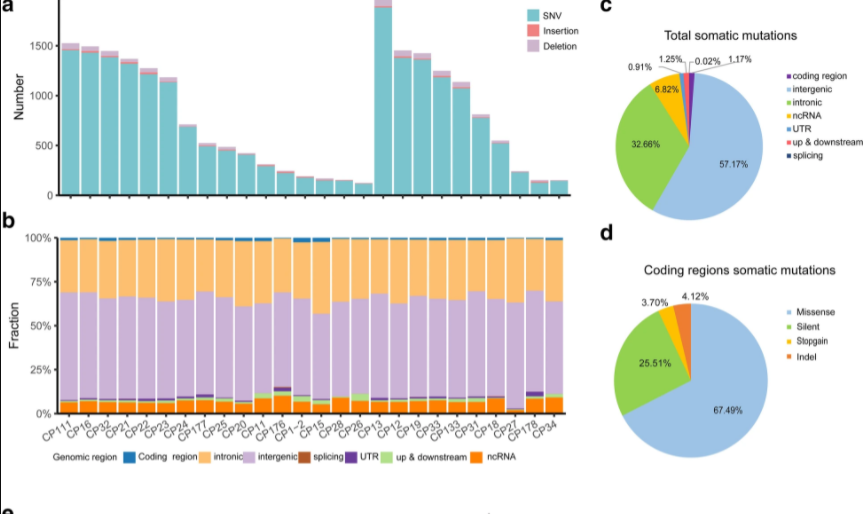
Recently, Professor Zhou Liangxue’s team from the Department of Neurosurgery, in cooperation with Professor Peng Yong’s team from the State Key Laboratory of Biotherapy and Professor Zhu Xiaofeng’s team from the School of Life Sciences, SCU, published online a research paper titled “Characterization of novel CTNNB1 mutation in Craniopharyngioma by whole-genome sequencing” in the famous journal Molecular Cancer (IF=27.4). In this study, 26 cases of craniopharyngioma (including 16 cases of adamantinomatous craniopharyngiomas and 10 cases of papillary craniopharyngioma) and their blood samples were sequenced for comprehensively analyzing the gene mutation characteristics of craniopharyngioma.
Craniopharyngioma is a rare benign tumor which occurs in sellar region and suprasellar region. Notwithstanding it is a benign tumor in histology, the clinical disease process often presents progressive deterioration, and currently it is still considered as a refractory intracranial tumor. Previous studies have found that CTNNB1 gene and BRAFV600E gene have high frequency mutations in adamantinomatous craniopharyngiomas and papillary craniopharyngioma respectively, however, the complete spectrum of genetic changes of CPs remains undefined.
This study found CTNNB1 (68.75%) and BRAFV600E (70.00%) still had high frequency mutations in adamantinomatous craniopharyngiomas and papillary craniopharyngioma respectively. And some low mutation frequency genes, such as FBXW7, SOX2 and AHNAK et al., were also found in craniopharyngioma. Additionally, this study discovered a new CTNNB1 mutant containing both missense mutation and large gene fragment deletion. Subsequent functional experiments proved that this new mutant has stronger intracellular stability, which can inhibit the degradation of βcatenin by reducing the level of protein ubiquitination, thus over-activating Wnt signaling pathway and promoting tumor proliferation. This study provides a theoretical basis for further understanding the biological characteristics of craniopharyngioma.
Link:https://molecular-cancer.biomedcentral.com/articles/10.1186/s12943-021-01468-7